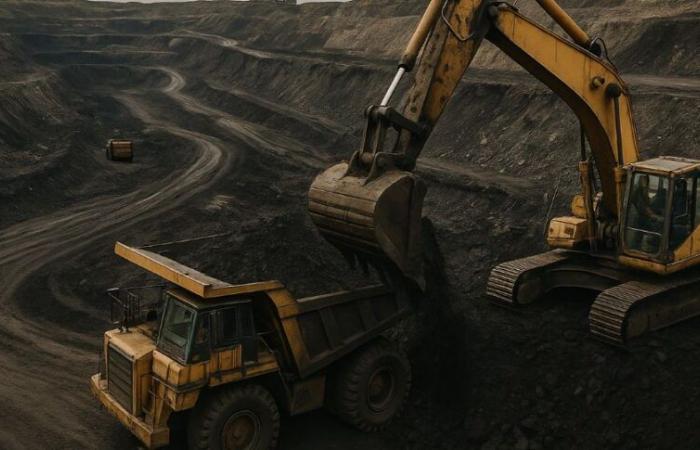The consumption of natural gas in Southeast Asia should grow faster than that of oil and coal in the coming decades, according to a report published by the energy consulting company Wood Mackenzie. The share of natural gas in the regional primary energy mix could reach up to 30 % by 2050, supported by strong economic expansion and an increased need for energy safety.
The Southeast Asia Gas Strategic Planning Outlook report provides an average annual growth made up of 3.1 % for the demand for gas until 2035. This increase is mainly driven by the rise of data centers, gas electricity production and the structural limits of intermittent renewable energies. According to Wood Mackenzie, the regional electricity production capacity from gas should double, while consumption will increase by almost 89.5 % between 2025 and 2050.
LNG imports will exceed exports from 2032
The region is expected to become a net importer of liquefied natural gas (LNG) from 2032. Wood Mackenzie anticipates an increase in LNG demand of 182 % over the next decade. This transition could position Southeast Asia among LNG markets for the fastest growth in the world by 2050.
Countries such as Indonesia and Malaysia strengthen their national production to meet the rise in domestic demand, according to Raghav Mathur, main analyst for gas and LNG at Wood Mackenzie. New recently put into service or discovered deposits should maintain the level of production until the late 2020s. The continuation of exploration, especially in border areas, will be essential to stabilize the offer beyond 2035.
Critical infrastructure and uncertainties on LNG
LNG competitiveness remains a constraint for its generalization, due to its high cost. The report notes that state support, via subsidies, tax incentives or favorable regulations, will be decisive for the viability of LNG projects for electricity production. Obtaining long -term electricity purchase contracts, or Power Purchase Agreements (PPA), is also presented as an essential condition.
Wood Mackenzie identifies an urgent need of multiple floating units of storage and regzéification (Floating Storage Regasification Units, FSRU) by 2030 to support this trajectory. However, uncertainty about the availability of these infrastructure could slow down growth ambitions. The identification of industrial partners and the mobilization of the funding necessary for the development of infrastructure remain central issues in the realization of the regional gas strategy.








